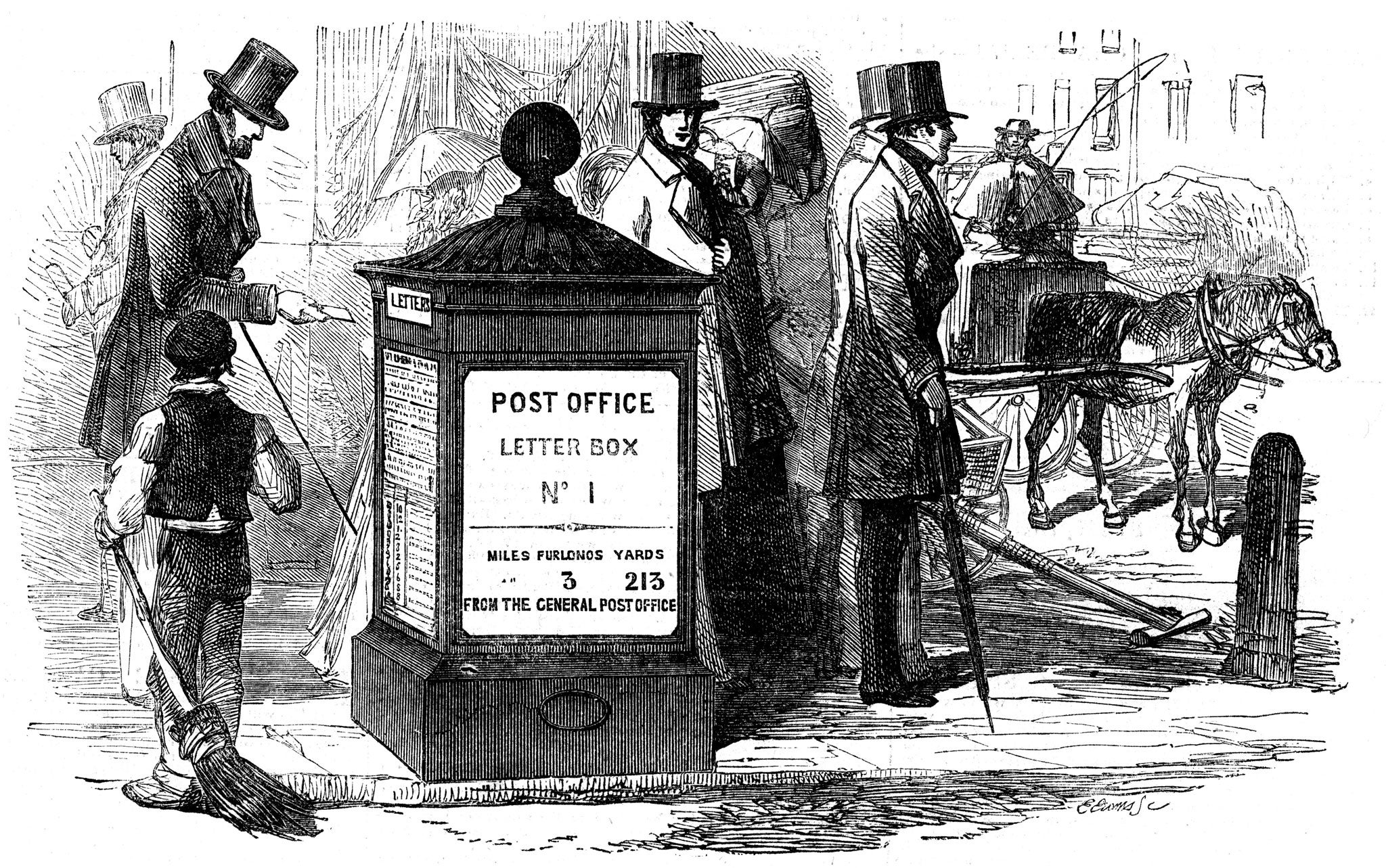Rhodri Marsden's Interesting Objects: London's first pillar box
The revolution in our postal service was largely down to Anthony Trollope

* London's first pillar box was installed 160 years ago today on the corner of Fleet Street and Farringdon Street. It was made at the Regent's Canal Ironworks in Hoxton, it looked a bit like a stove with a ball on top, and was painted green. 'LETTER BOX', it said on the outside, 'FOR STAMPED AND UNPAID LETTERS ONLY'. Strangely, this revolution in our postal service was largely down to the novelist Anthony Trollope.
* Working as a surveyor's clerk for the GPO while he made his name as an author, Trollope had been sent to the Channel Islands to study the problem of irregular mail collection. The solution, he decided, was a "letter receiving pillar" that he'd seen used in Paris: an iron box with a hole that people could pop letters through. On Trollope's recommendation, it was trialled in Jersey in 1852, and Guernsey a few months later. Carlisle tried one in 1853, and in 1855 London took the plunge.
* The boxes were largely deemed to be a success, although conservatives of the day expressed concern at the freedom now afforded to young women to indulge in private correspondence. Trollope later satirised this disgust in his 1869 novel, He Knew He Was Right, where the character of Miss Jemima Stanbury expresses her loathing of these "iron stumps". "She had not the faintest belief that any letter put into one of them could ever reach its destination," he wrote.
* The decorative ball on these early pillar boxes could not disguise the fact that they were faintly hideous. People were soon clamouring for a new look, and in 1857 a committee at the House of Lords came up with a ornate design that was notable for its failure to incorporate a hole to put the letters through. The more familiar red pillar box was finally introduced in 1874.
Subscribe to Independent Premium to bookmark this article
Want to bookmark your favourite articles and stories to read or reference later? Start your Independent Premium subscription today.

Join our commenting forum
Join thought-provoking conversations, follow other Independent readers and see their replies